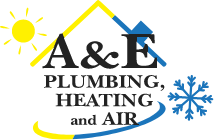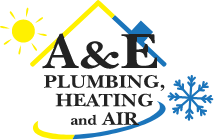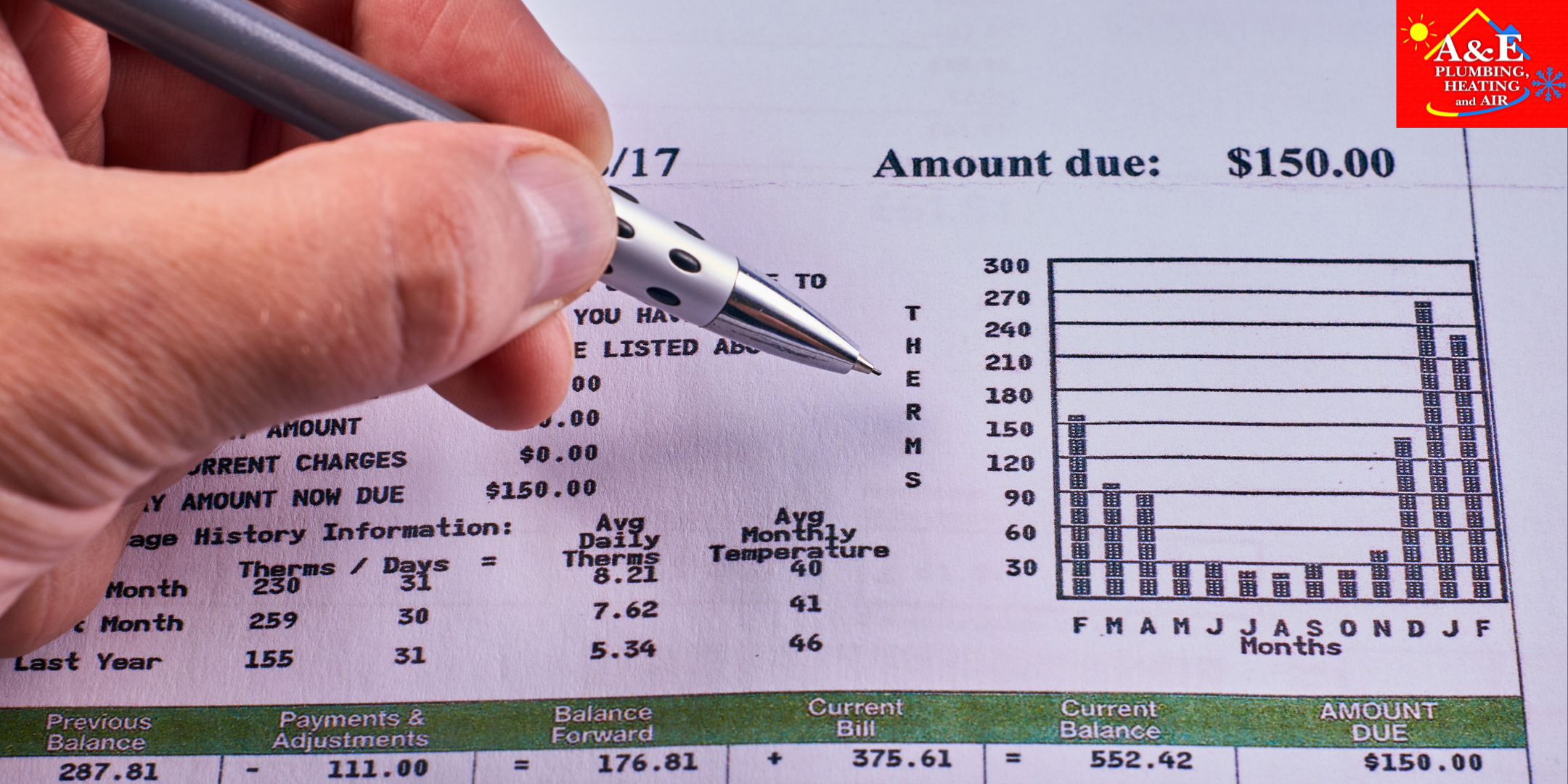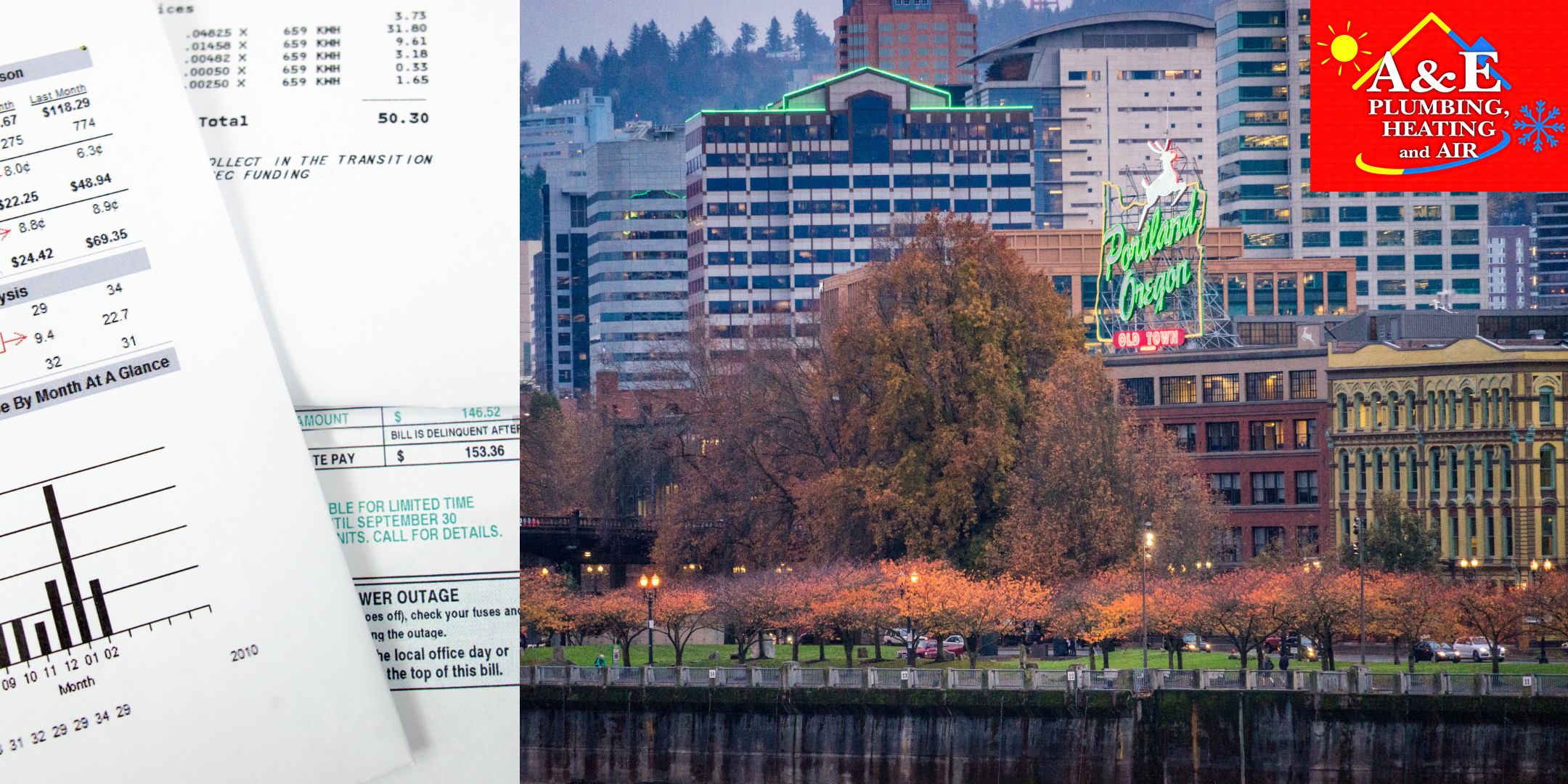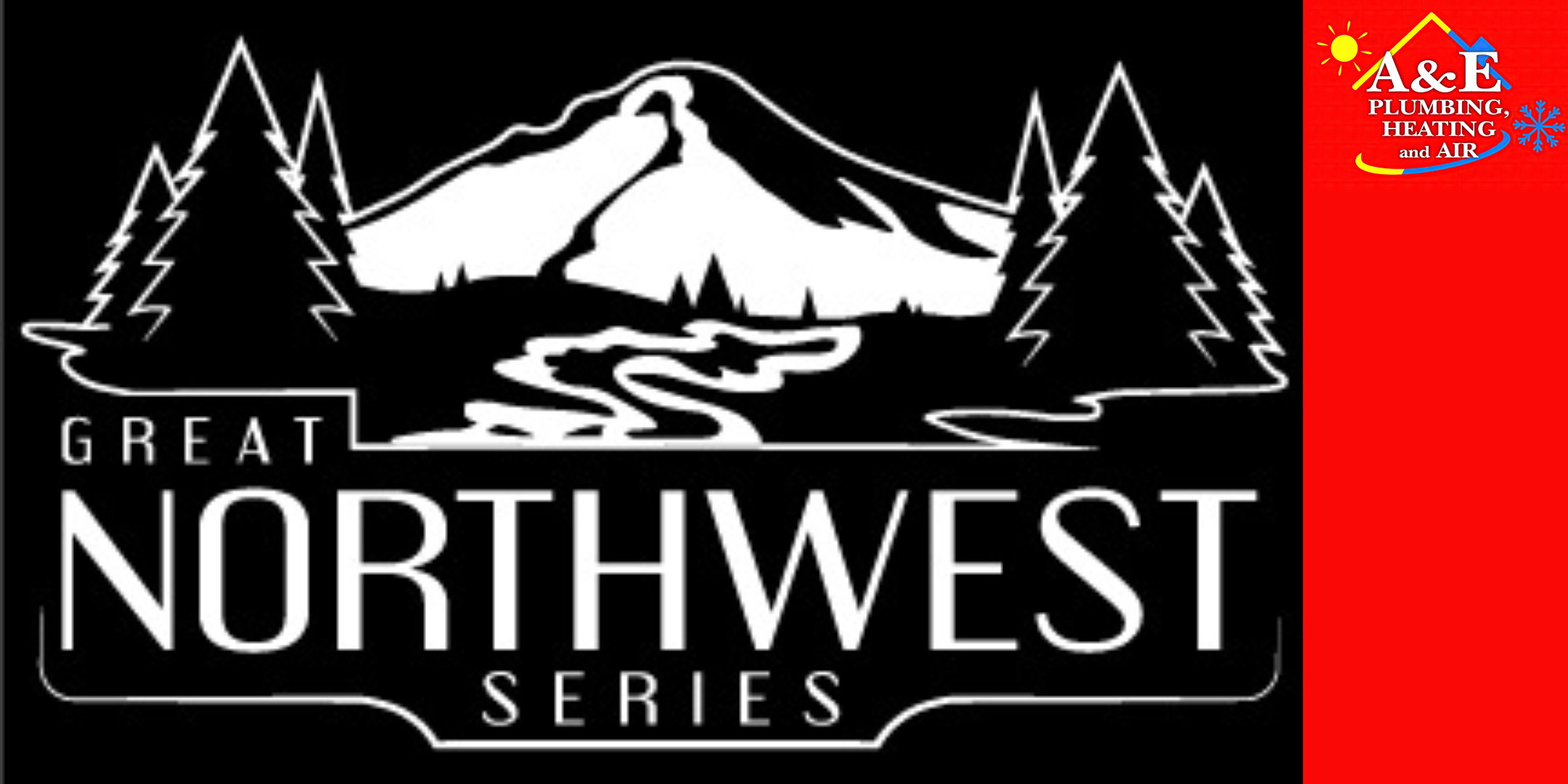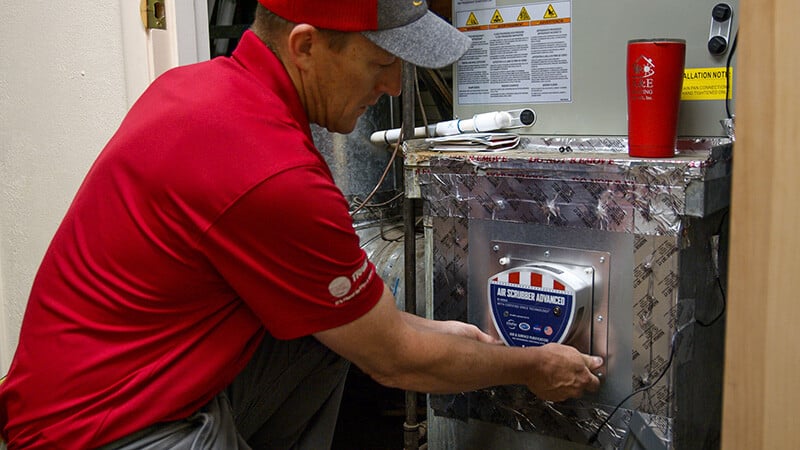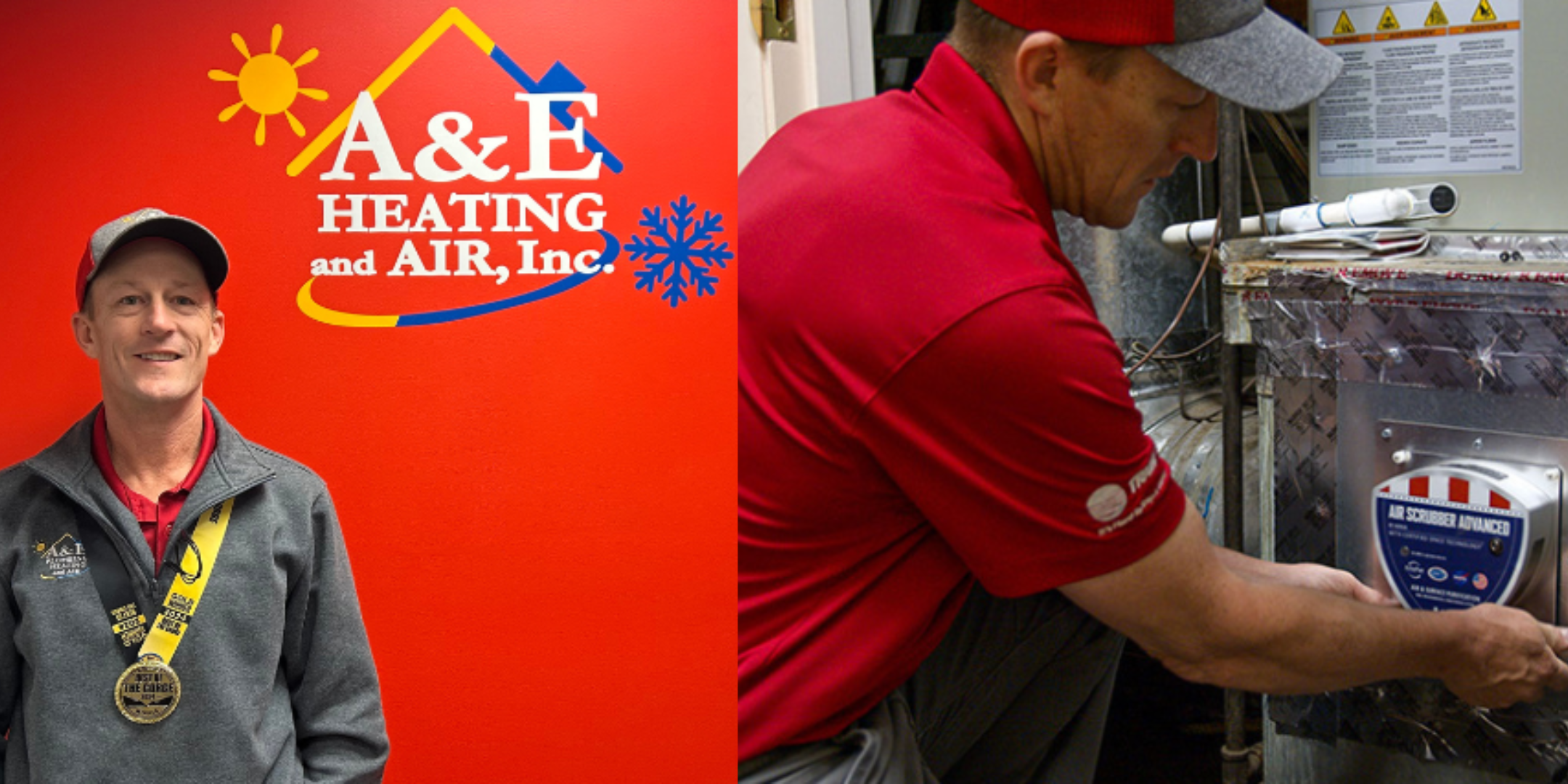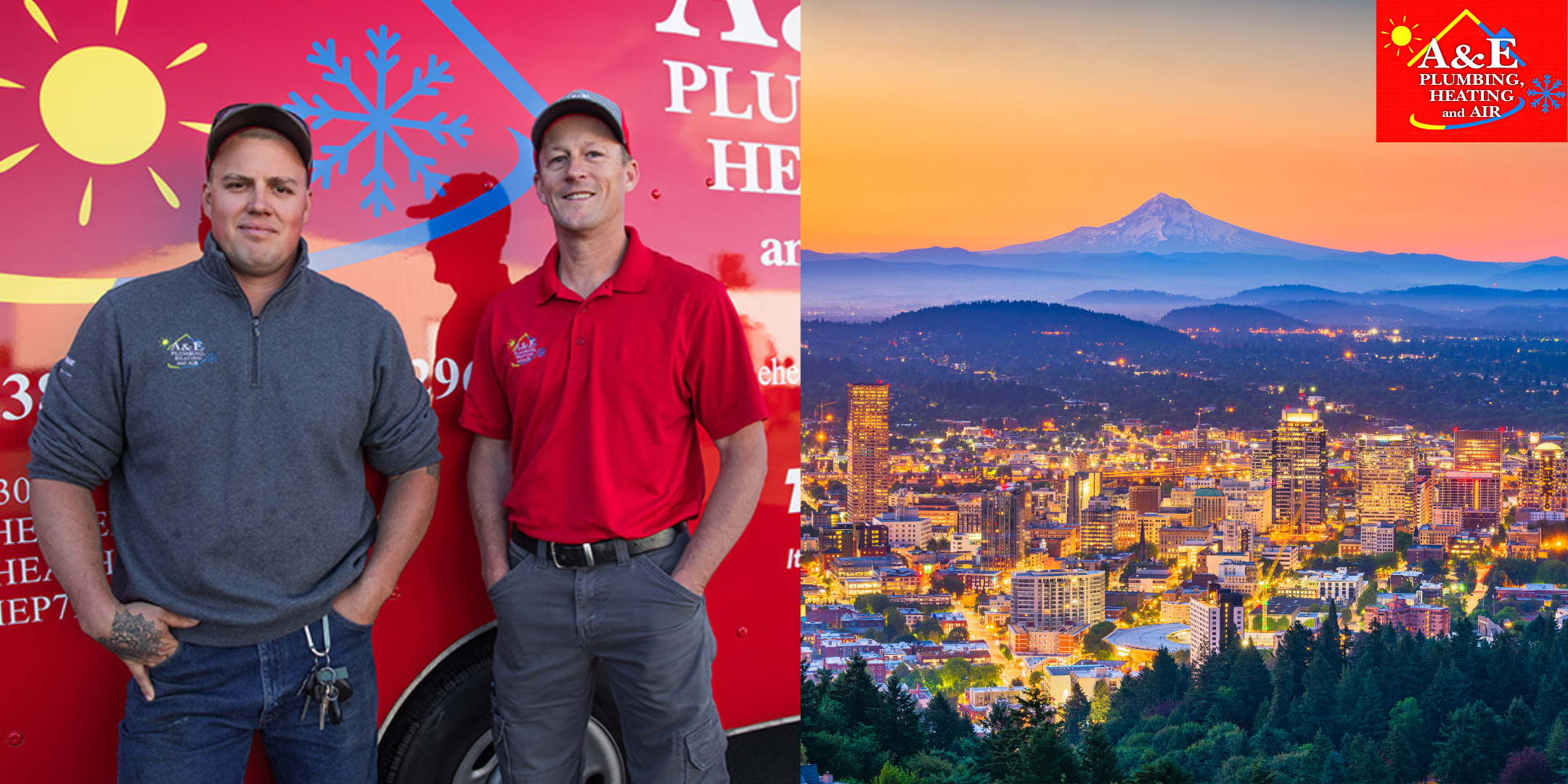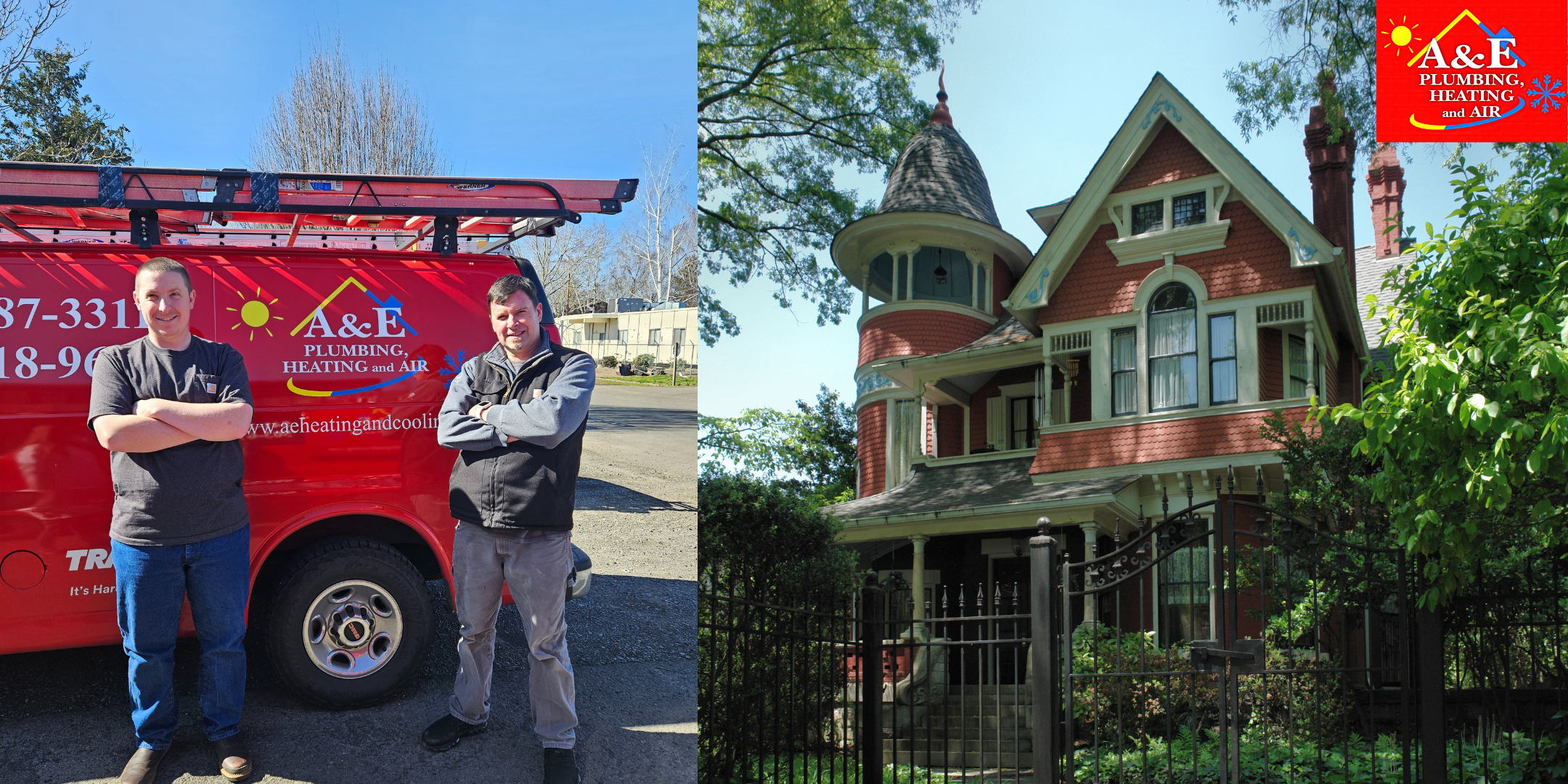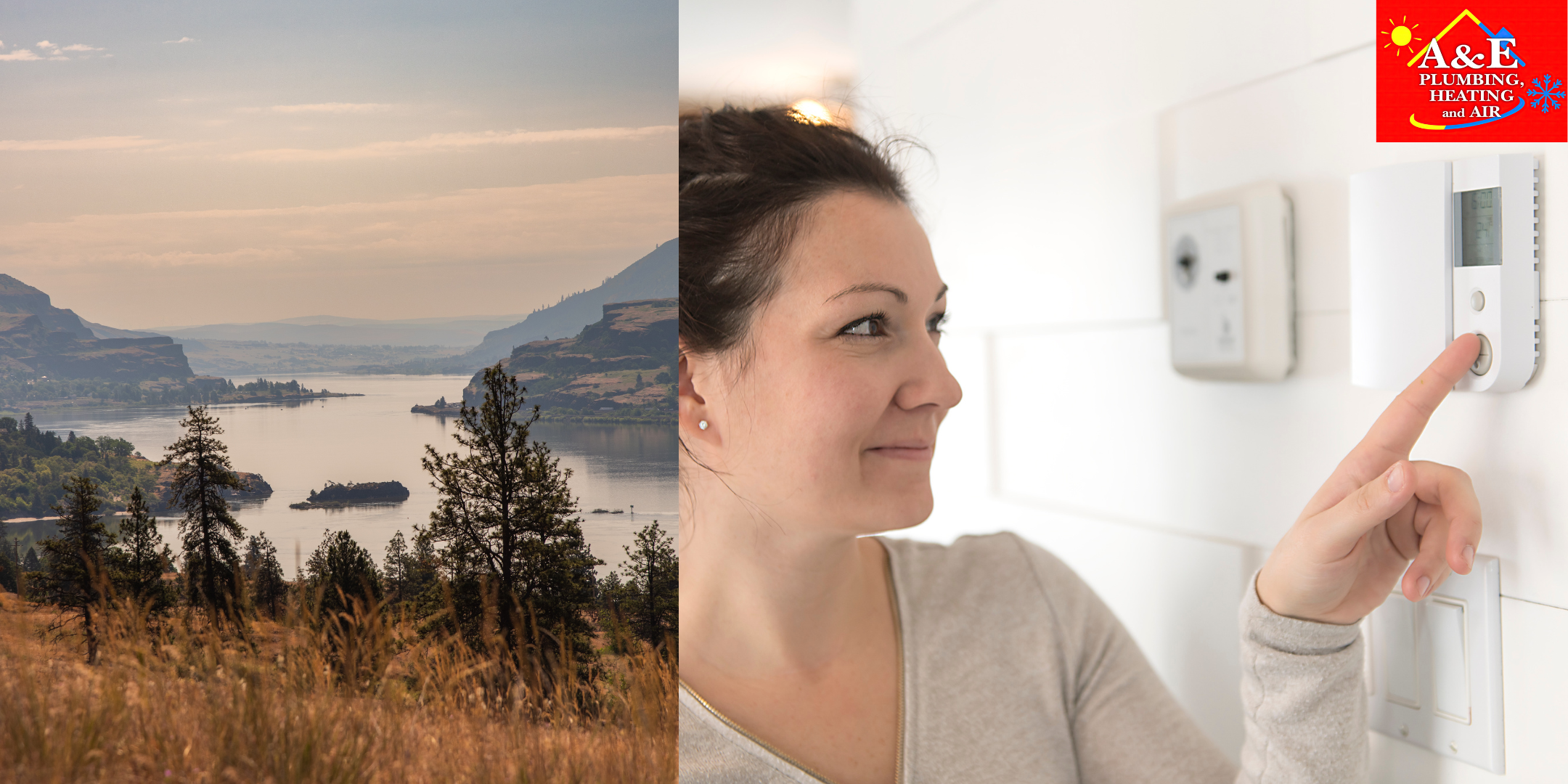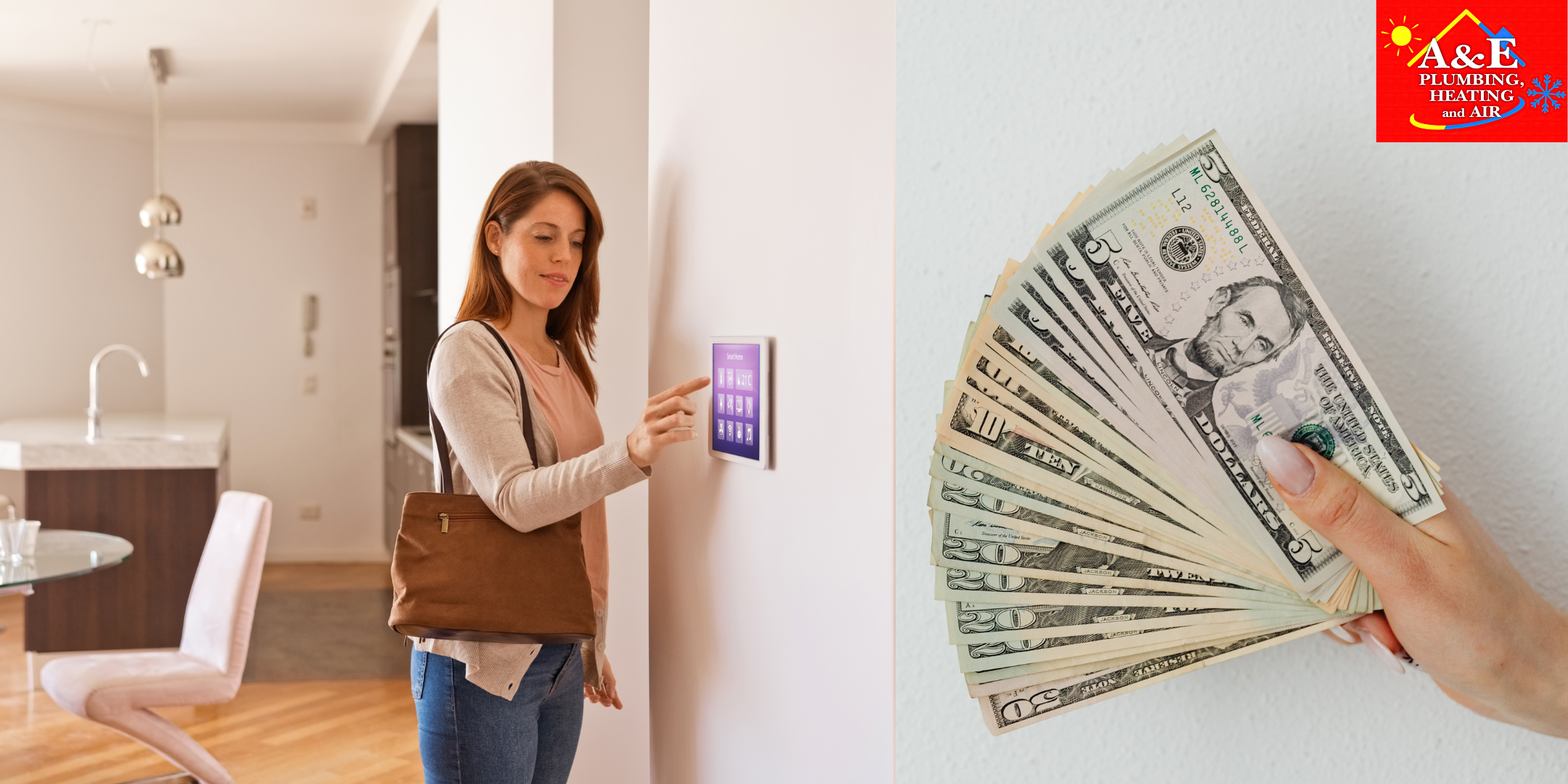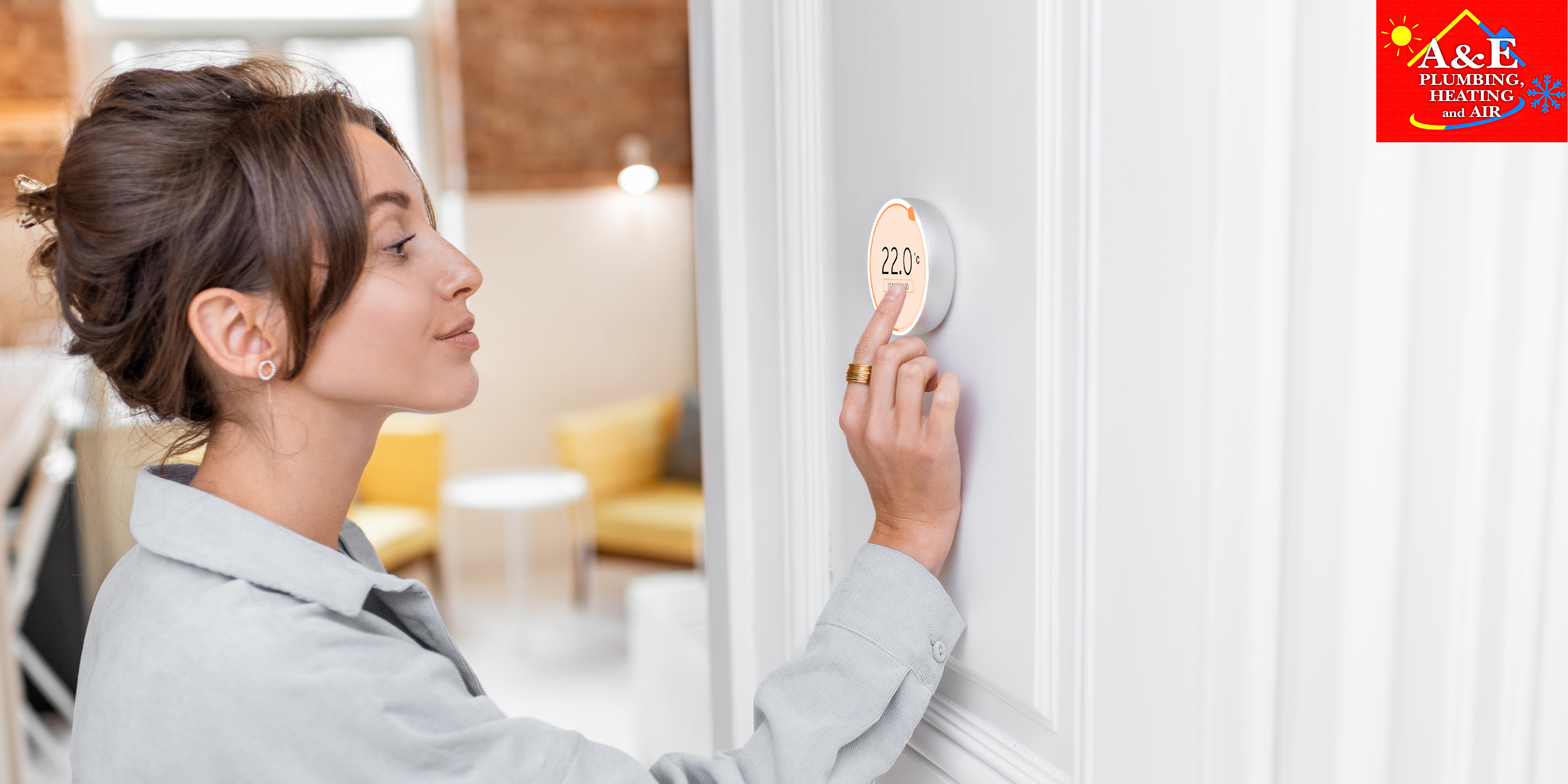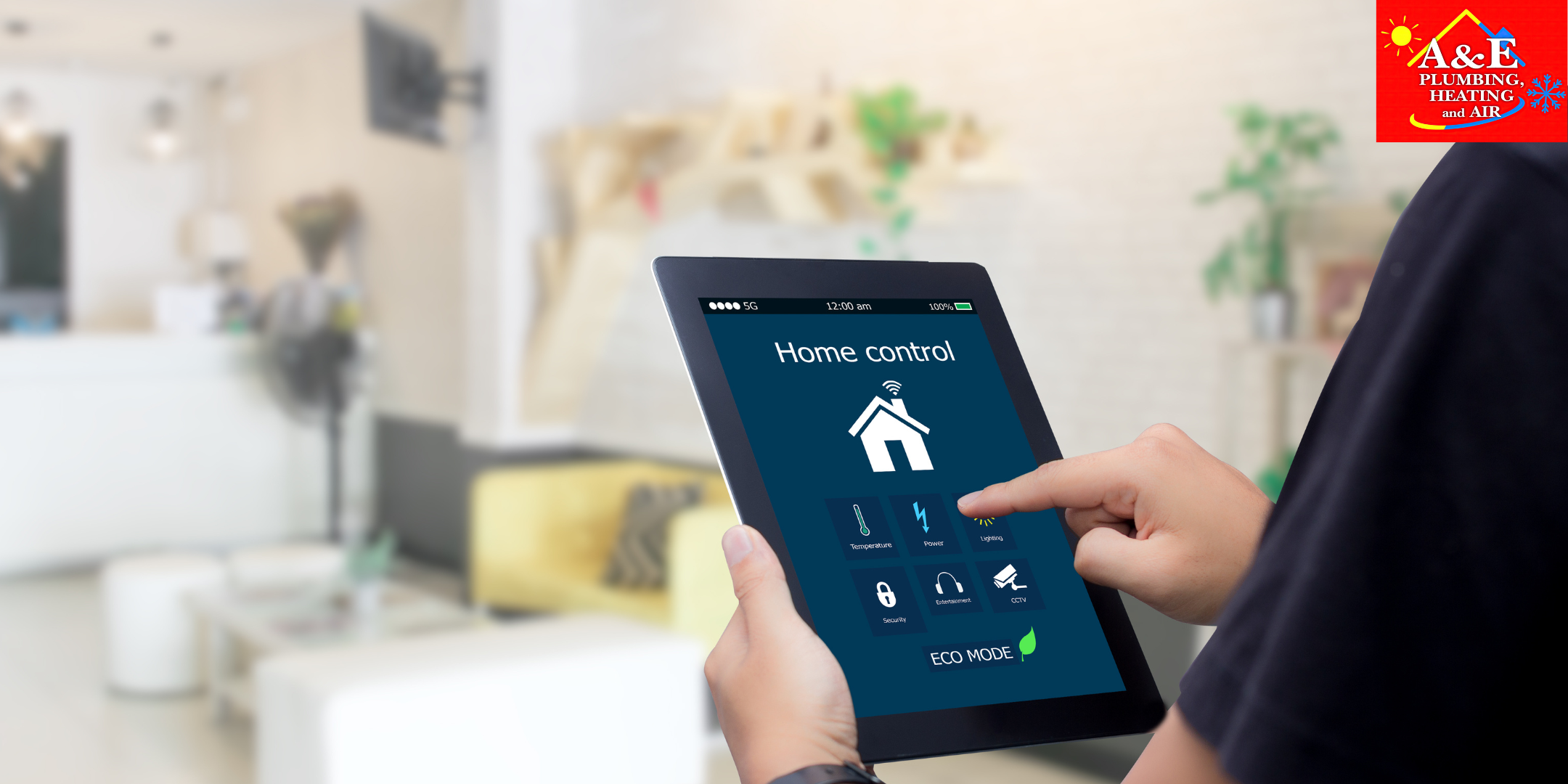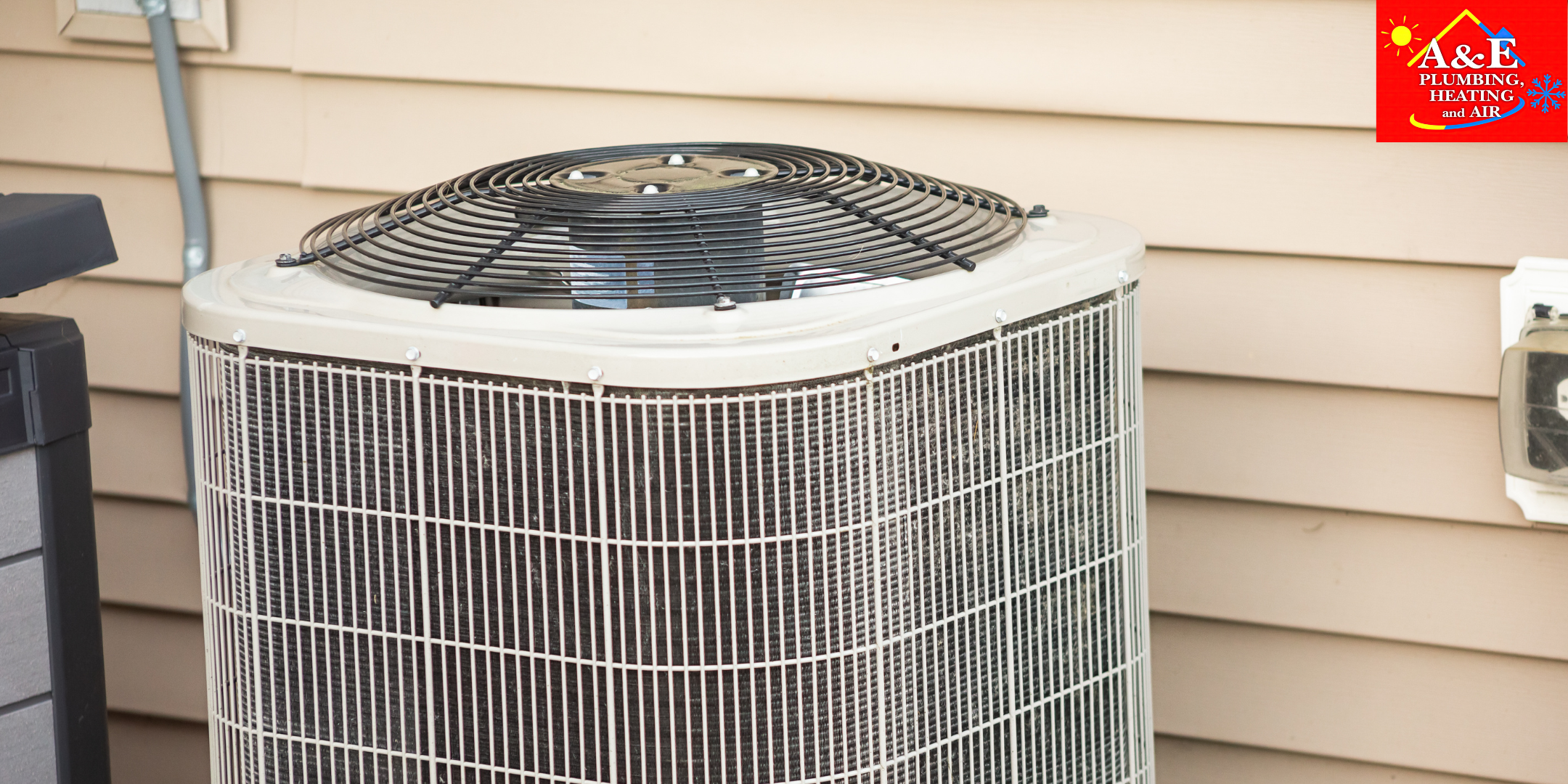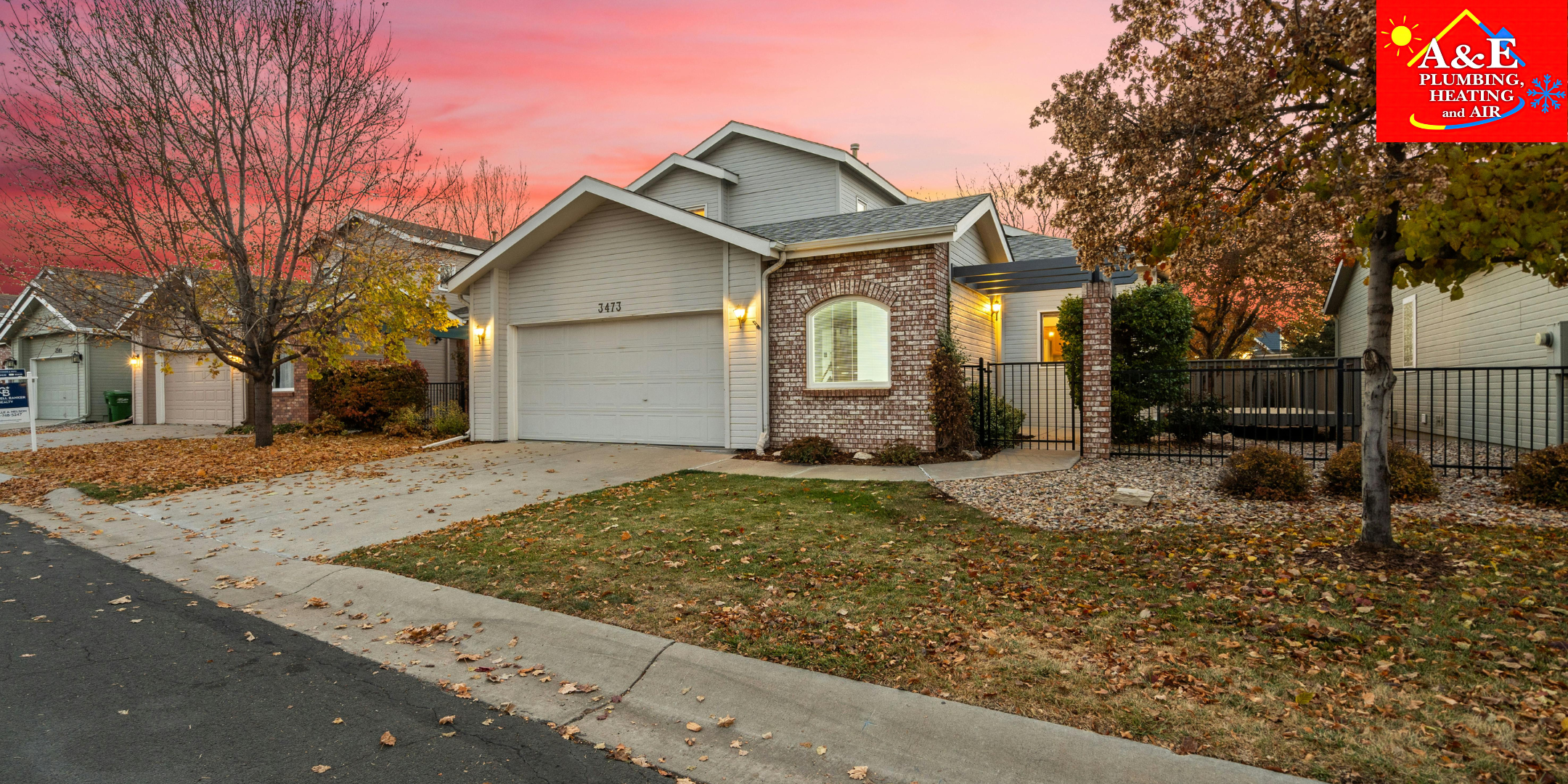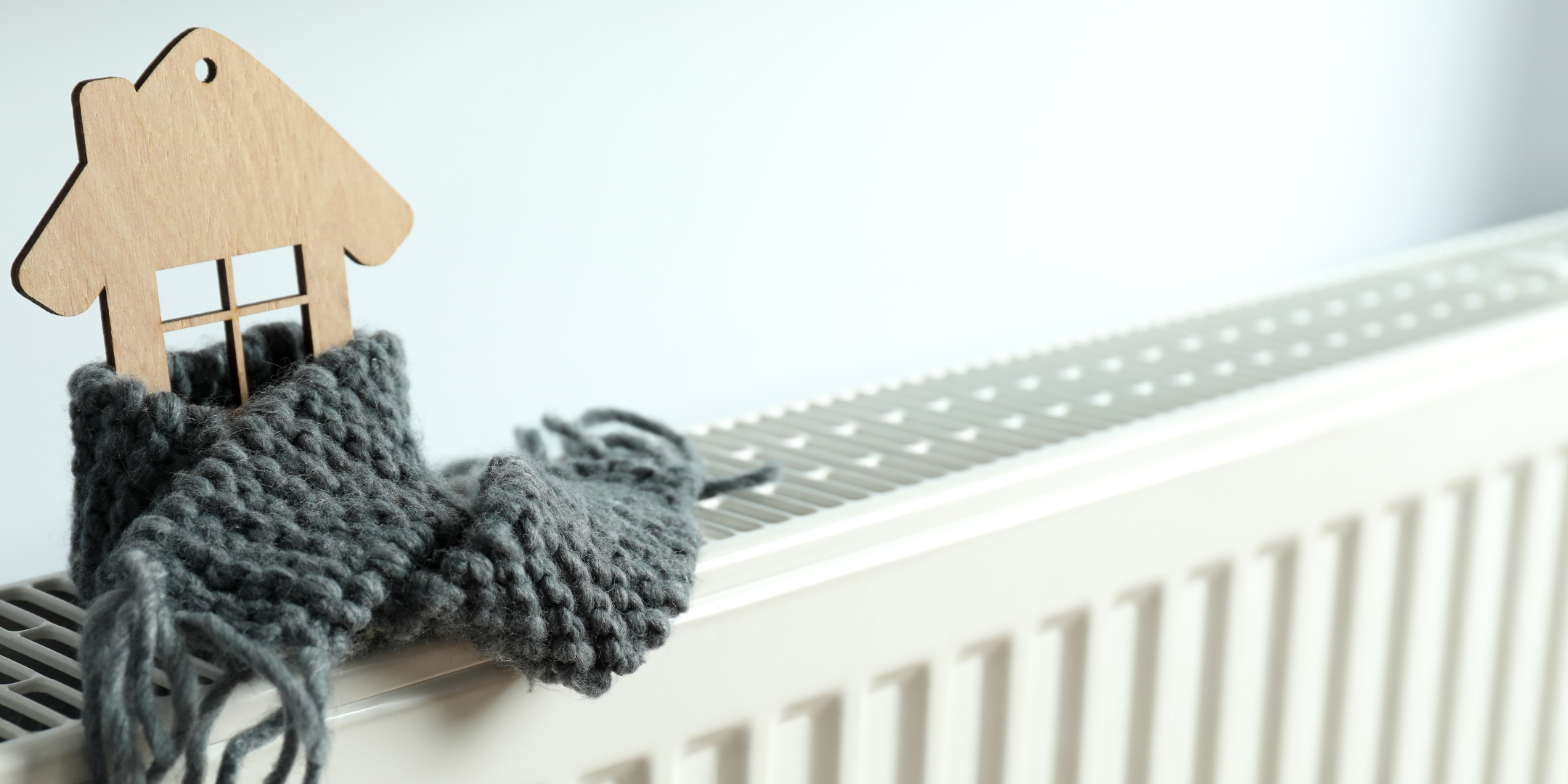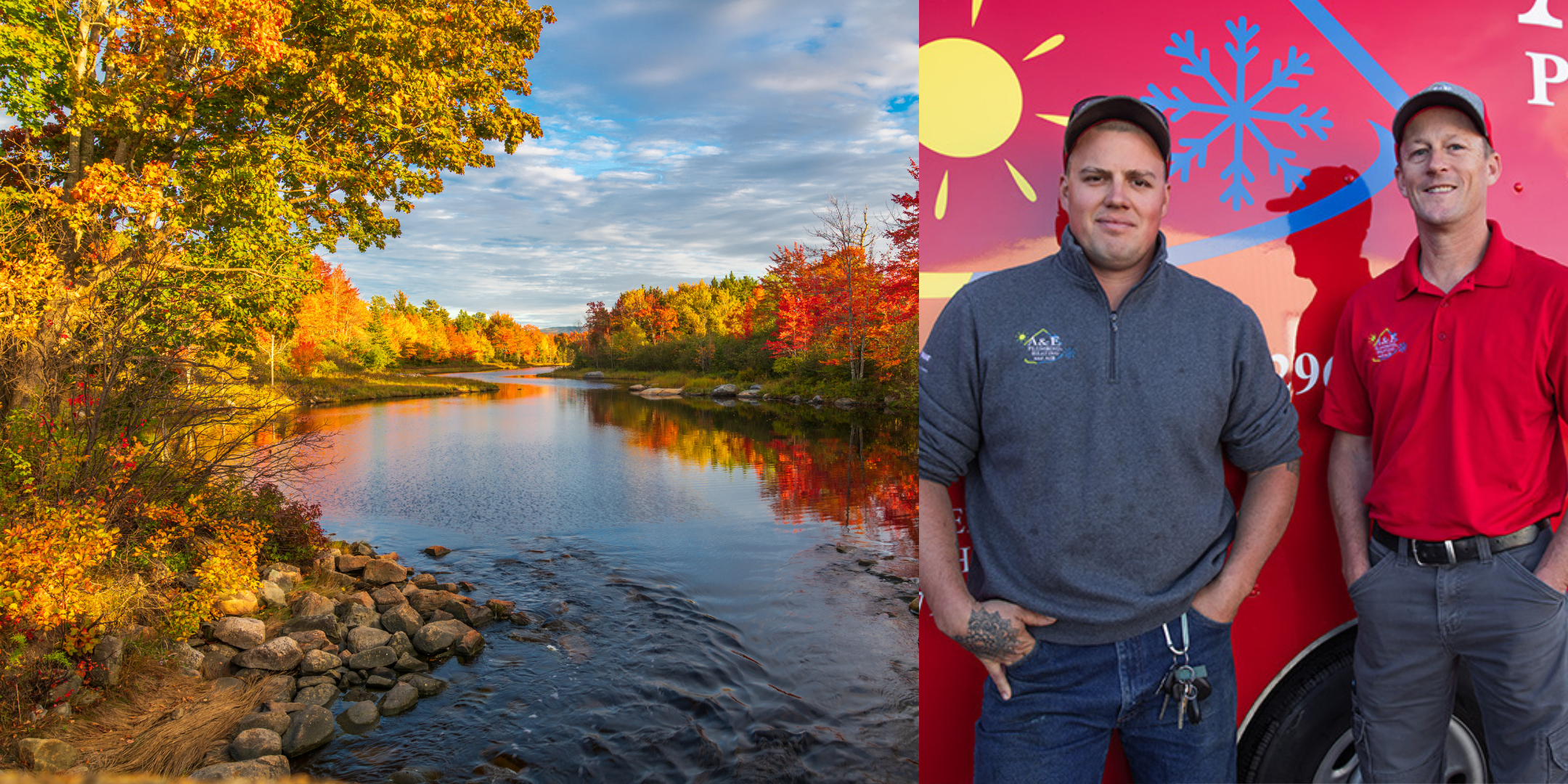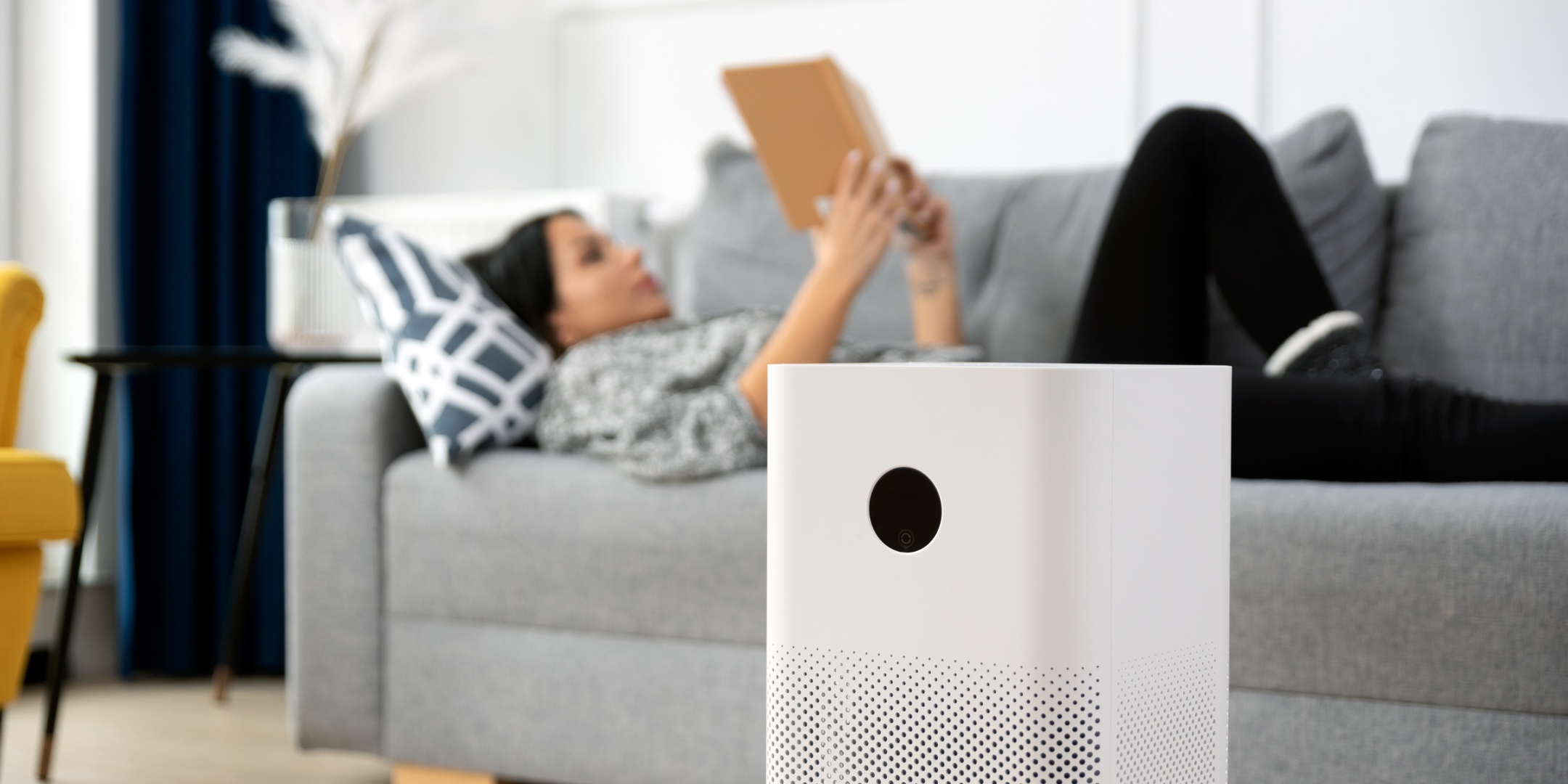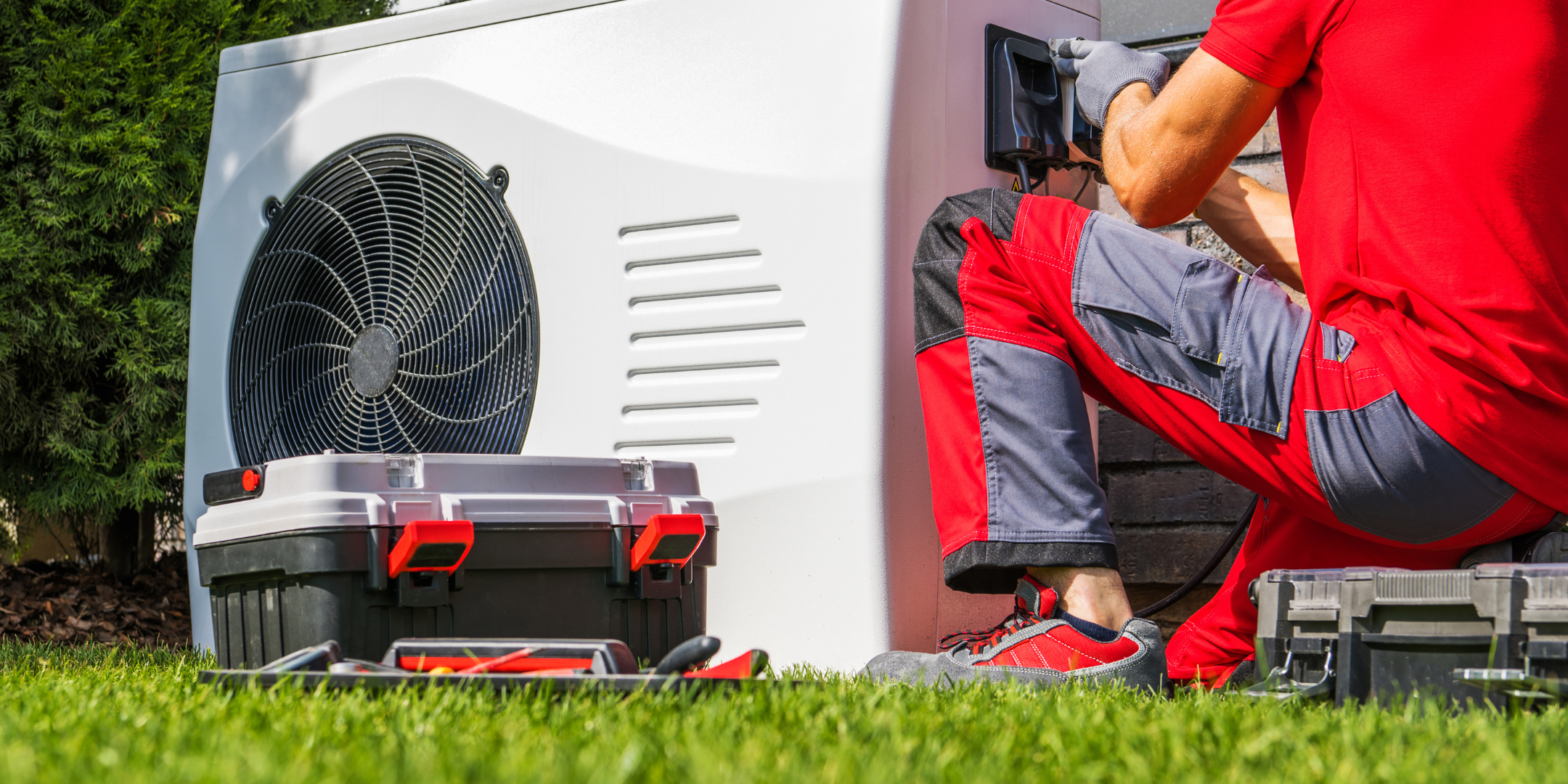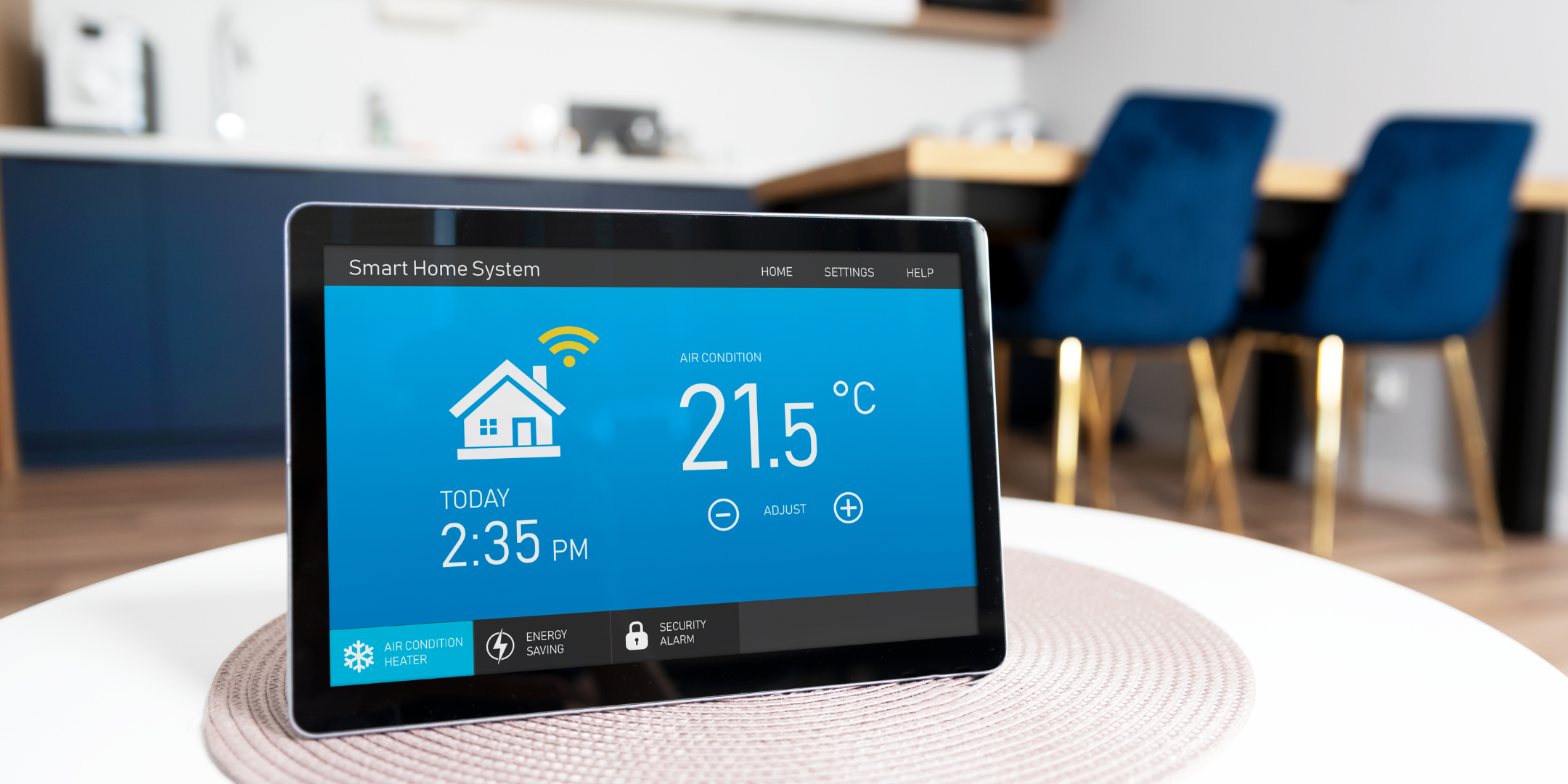How HSPF Ratings Can Help You Decide When to Replace Your Heat Pump
October 2nd, 2024
6 min read
By Daphne Hunt
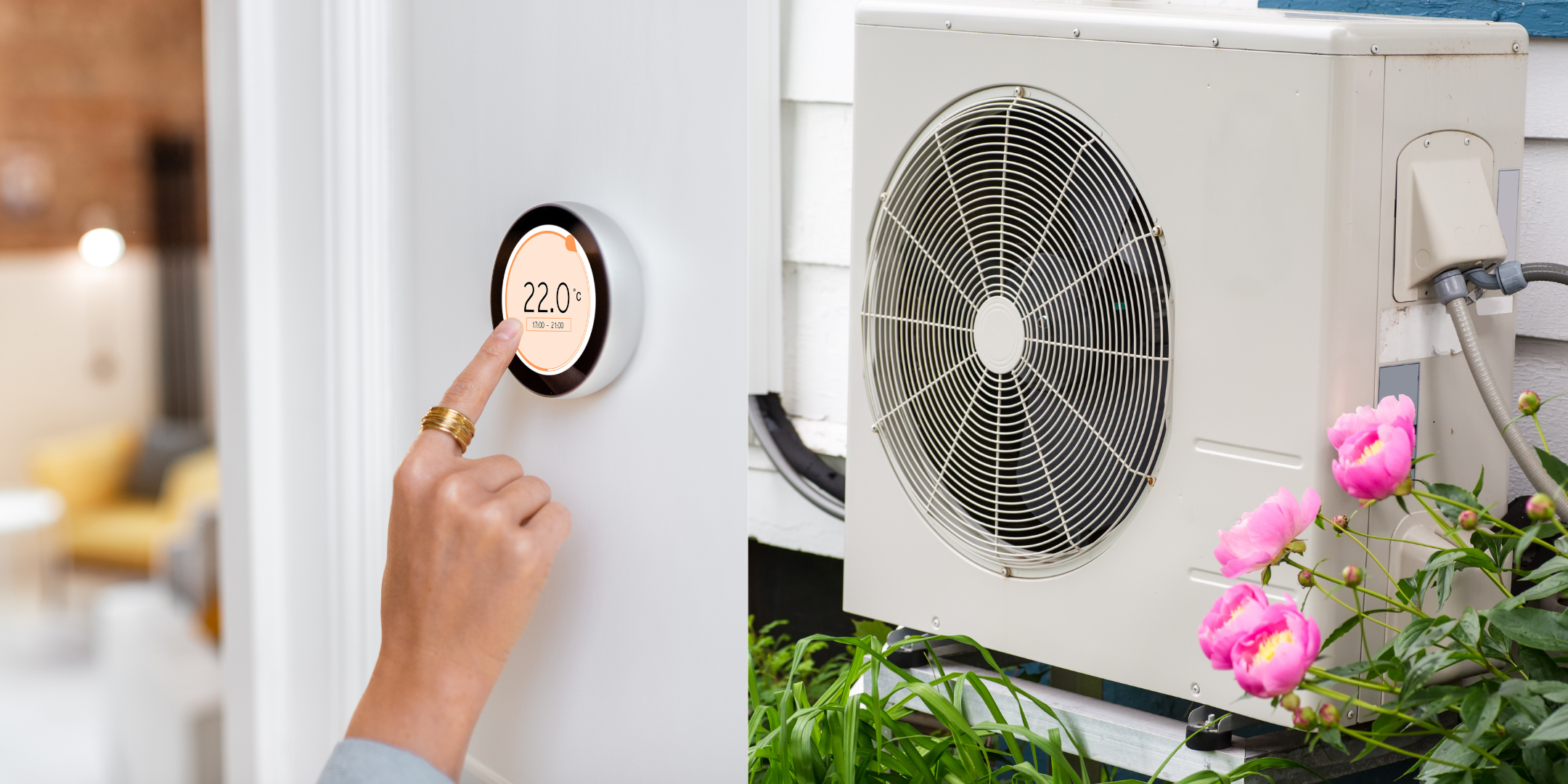
As the weather gets colder and we transition into fall, it’s the perfect time to think about whether your heat pump is up to the task of keeping your home comfortable through the winter months. If your current system is struggling or your energy bills are climbing, it might be time to consider an upgrade. But how can you tell?
about whether your heat pump is up to the task of keeping your home comfortable through the winter months. If your current system is struggling or your energy bills are climbing, it might be time to consider an upgrade. But how can you tell?
The key lies in HSPF (Heating Seasonal Performance Factor) and the newer HSPF2 ratings, which measure your heat pump’s energy efficiency during the heating season.
With over 16 years of experience in the HVAC industry, we’ve helped countless homeowners just like you navigate tricky questions like these. By the end of this article, you’ll know exactly what HSPF and HSPF2 ratings mean and whether upgrading your heat pump is the right move for you. Whether you’re dealing with an aging system or looking to improve your home’s energy efficiency, understanding these ratings will help you make an informed decision before winter sets in.
Understanding HSPF and HSPF2: Why They Matter
HSPF is a rating that measures how efficiently a heat pump operates when heating your home. The higher the HSPF rating, the more efficiently the unit runs, meaning it uses less energy to generate heat. HSPF2 is the updated version of this rating, using more rigorous testing conditions to better reflect real-world performance.
Here’s why this matters:
- Higher HSPF or HSPF2 = Lower energy bills: A more efficient system uses less energy, saving you money over time.
- Improved performance in cold weather: Heat pumps with higher HSPF2 ratings are designed to perform better under actual winter conditions, ensuring your home stays warm even during the coldest months.
Pros and Cons: Should You Stick With Your Old Heat Pump?
When deciding whether to upgrade your heat pump or stick with your current one, it’s essential to carefully consider the pros and cons. While an older heat pump may still be functioning, newer systems offer significant advantages, especially in terms of energy efficiency. Let’s break down the benefits and potential drawbacks of keeping your current system.
3 Pros of Sticking With Your Current Heat Pump:
1. Lower Upfront Cost
One key advantage of keeping your current heat pump is avoiding the upfront cost of purchasing and installing a new system, especially if you’re considering a high-efficiency upgrade. For homeowners whose current unit is still functioning well and isn’t driving up energy bills, postponing the upgrade can be a practical, short-term cost-saving choice. If you’re not facing frequent repairs, sticking with your existing system for another season may help you delay significant expenses.
purchasing and installing a new system, especially if you’re considering a high-efficiency upgrade. For homeowners whose current unit is still functioning well and isn’t driving up energy bills, postponing the upgrade can be a practical, short-term cost-saving choice. If you’re not facing frequent repairs, sticking with your existing system for another season may help you delay significant expenses.
2. Familiarity with the System
Another advantage of sticking with your current heat pump is the familiarity and comfort you have with the system. You already know how it operates, what maintenance it requires, and how it performs in different conditions. If the system is still running well and meeting your needs, keeping it for another season could save you the stress of adjusting to a new unit.
3. Short-Term Savings
If your energy bills are stable and your heat pump isn’t requiring frequent repairs, sticking with your current unit can save you money in the short term. While upgrading to a more efficient system will eventually pay off, the upfront cost can take a few years to recoup through energy savings. If you’re planning to move soon or want to delay the expense of a new system, keeping your existing heat pump may be the best option for now.
Cons of Keeping an Older Heat Pump:
1. Decreasing Efficiency
One of the main downsides of keeping an older heat pump is its decreasing efficiency. Over time, even if you haven’t noticed a sharp increase in energy bills, your system may be quietly using more energy to maintain comfort. As colder weather arrives, this inefficiency will likely worsen, leading to higher costs and reduced performance.
2. Higher Maintenance Costs
As HVAC systems age, they require more frequent repairs, with worn parts and potential refrigerant leaks leading to breakdowns. While keeping your old heat pump may save on upfront costs, mounting repair bills can eventually exceed the cost of a new system. Upgrading now can help you avoid ongoing maintenance expenses and future headaches.
3. Outdated Technology
Older heat pumps don’t meet today’s energy efficiency standards, especially compared to newer systems with HSPF2 ratings, which measure heating efficiency more accurately. This means your old system could be costing you more to heat your home than necessary. By not upgrading, you’re missing out on modern technology that could make your home more energy-efficient, eco-friendly, and cheaper to operate.
When to Consider Upgrading: Key Signs
The decision to upgrade your heat pump should depend on a combination of factors, including the age and performance of your current system, your budget, and how well your heat pump is handling the demands of heating your home as we head into fall and winter.
Here’s a checklist to help guide your decision:
- Age of the System: Is your heat pump 10-15 years old or more? If so, it’s likely running far less efficiently than a newer model.
- Energy Bills: Have you noticed a steady increase in heating costs? This could be a sign that your system is losing efficiency.
- Repair Frequency: Are you spending more on repairs than you used to? Multiple repair calls in a season can indicate that your heat pump is on its last legs.
- Comfort Levels: Does your home feel as warm and comfortable as it used to? If not, your heat pump may be struggling to maintain consistent temperatures.
By evaluating these factors, you can make an informed decision on whether sticking with your current system is a short-term solution or whether an upgrade to a newer, more efficient heat pump would offer greater benefits, especially as colder weather approaches.
6 Benefits of Upgrading to a High HSPF2 System
Upgrading to a heat pump with a high HSPF2 (Heating Seasonal Performance Factor 2) rating comes with numerous advantages, especially as colder weather approaches. Heat pumps with higher HSPF2 ratings are not only more efficient but also offer enhanced performance in real-world conditions. Here’s a deeper look at the key benefits of making the switch to a high HSPF2 system:
1. Energy Savings
A high HSPF2 system improves energy efficiency by requiring less energy to generate the same amount of heat, resulting in lower electricity usage and reduced heating costs. Higher HSPF2 ratings translate to significant savings, especially during colder months when your heat pump works hardest. Over time, these savings can help offset the initial cost of upgrading to a newer, more efficient system. For example, upgrading from an HSPF rating of 8 to a rating of 9 or higher could reduce your heating energy usage by 10-15%.
2. Better Performance in Cold Weather
New heat pumps with high HSPF2 ratings are optimized for better performance in cold weather, maintaining efficiency even when temperatures drop. Unlike older models, which often require backup heating or run inefficiently, these newer systems ensure consistent warmth throughout the winter. This means your home will stay comfortable, even on the coldest days, without significantly increasing your energy bills.
3. Environmental Benefits
Upgrading to a heat pump with a high HSPF2 rating is a more eco-friendly choice, as it uses less energy to produce the same amount of heat, reducing both your utility bills and carbon emissions. Heat pumps are already considered green systems, but those with high HSPF2 ratings further lower demand on power plants. For environmentally conscious homeowners, this means a significant reduction in your home’s carbon footprint—potentially using 30-50% less energy than traditional electric heating systems.
4. Long-Term Cost Savings
Upgrading to a heat pump with a higher HSPF2 rating requires an initial investment, but it offers significant long-term savings through lower energy bills, reduced maintenance needs, and fewer repair costs. Newer models are designed to last longer, making them more cost-effective over time. While the upfront cost may be higher, the return on investment can be substantial when considering the extended system life and overall savings.
5. Potential HVAC Rebates and Incentives
Many regions offer rebates, tax incentives, and energy-saving programs for homeowners who upgrade to high-efficiency heat pumps. These incentives can significantly reduce the upfront cost, making the investment more affordable. Depending on your location, you could qualify for rebates of up to $1,000 or more, along with federal tax credits to increase your overall savings.
6. Future-Proofing Your Home
Upgrading to a high HSPF2-rated heat pump future-proofs your home by ensuring it meets tightening energy efficiency standards. As energy prices rise, a more efficient system will help protect you from increasing utility costs. Investing in a high-efficiency heat pump now means you'll stay ahead of future regulations and won’t need to upgrade again for many years.
Choosing the Right Efficient HVAC System for Your Home
When you started reading, you might have been unsure whether it was time to replace your heat pump or stick with your current system. The problem was understanding if the age and efficiency of your heat pump were impacting your comfort and energy bills. Now, you know that HSPF and HSPF2 ratings are crucial factors in deciding whether upgrading is the right move.
replace your heat pump or stick with your current system. The problem was understanding if the age and efficiency of your heat pump were impacting your comfort and energy bills. Now, you know that HSPF and HSPF2 ratings are crucial factors in deciding whether upgrading is the right move.
We’ve provided the information to guide you in making an informed decision, helping you assess whether your current system is costing you more than it should. With over 16 years of experience in the HVAC industry, we’re here to offer clear, expert advice to help you navigate your options.
Ready to look at your upgrade options? We’ve done the research so you don’t have to. Explore 'Our Top HSPF2-Rated Heat Pumps: Best Options for Energy Efficiency' to see which systems provide the most efficient and reliable performance this winter.
Daphne Hunt holds a bachelor's degree in English and Mass Communication and has a lifelong passion for writing. She thrives on using her skills to craft compelling pieces that inform, inspire, and connect with readers.
Topics:
